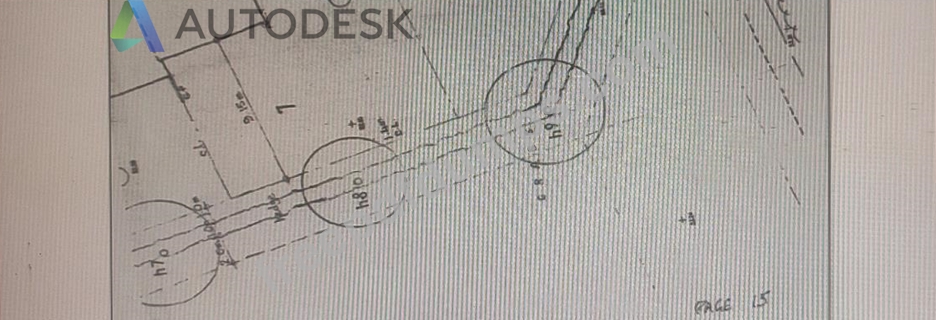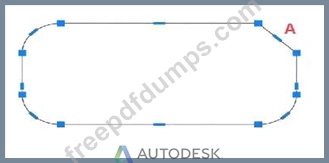ACP-01101 Exam Question 1
You place a red rectangular polyline over a PDF underlay in a drawing, and then use the rectangular polyline as a clipping boundary. The result is shown in the exhibit.
Select whether each statement is True or False.


Select whether each statement is True or False.


ACP-01101 Exam Question 2
Which two objects support associative dimensions? (Select 2)
ACP-01101 Exam Question 3

You have a line segment that is 150 units long as shown in the exhibit.
You need the line to be 200 units long without adding any additional linework. The leftmost end of the line must remain in the current position.
What should you do?
ACP-01101 Exam Question 4
Exhibit.

Multiheader annotations have been placed on the LEADFRS layer using a circle block style.
The color of the LEADERS layer Is set to blue and the content within the Circle block is on Layer 0 and color is set to ByBlock.
The Circle block portion of the multileader appears green and the leader portion appears blue.
Which two combinations of color settings within the multileader style will produce the results shown? (Select two.)

Multiheader annotations have been placed on the LEADFRS layer using a circle block style.
The color of the LEADERS layer Is set to blue and the content within the Circle block is on Layer 0 and color is set to ByBlock.
The Circle block portion of the multileader appears green and the leader portion appears blue.
Which two combinations of color settings within the multileader style will produce the results shown? (Select two.)
ACP-01101 Exam Question 5
Exhibit.

ACAD designer is modifying the closed polyline using grips.
The top right segment (A) was originally an arc. but is now a chamfered comer.
Which one editing combination did the designer use to make this change? (Note; Mac commands shown in parentheses.

ACAD designer is modifying the closed polyline using grips.
The top right segment (A) was originally an arc. but is now a chamfered comer.
Which one editing combination did the designer use to make this change? (Note; Mac commands shown in parentheses.


